Nuclearisation of India has been a matter of serious international debate. The nuclear explosion of May 1974 was basically for the peaceful uses of nuclear energy. Despite this, India encountered nuclear sanctions, especially with regards to transfer of nuclear materials and technologies from the Western advanced industrial countries like the USA, Canada, Australia and the other members of the Nuclear Suppliers Group.
India’s second nuclear explosion in May 1998 was for the purpose of manufacturing nuclear weapons, keeping in mind the security threat to India from its nuclear neighbors like China and Pakistan. The year 2008 was unquestionably a turning point in India’s nuclear history. The conclusion of the Indo-American Civilian Nuclear Cooperation Agreement in that year opened the doors for India to have nuclear trade within the framework of the safeguards system of the International Atomic Energy Agency.
The book is the original, comprehensive and critical investigation of the role of the IAEA with a particular focus on India. The author has made a serious and sincere effort to make an objective assessment of the role of the IAEA within the framework of its stature, nuclear non-proliferation treaty and also the regional nuclear non-proliferation agreement. The author is convinced that this work would be an invaluable source of knowledge for the academicians, researchers as well as policy-makers.

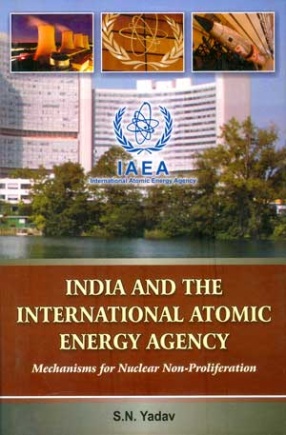
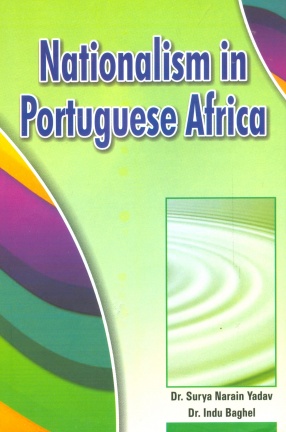
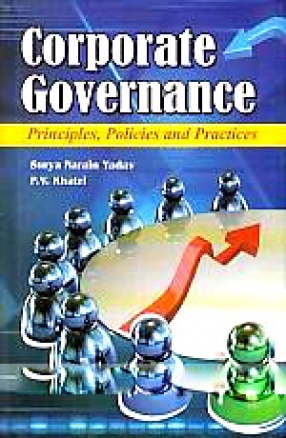
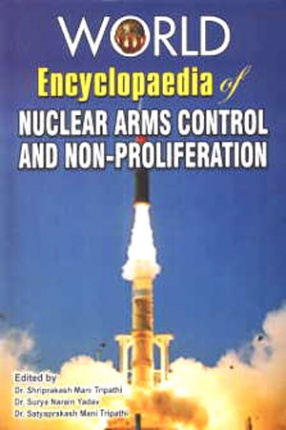


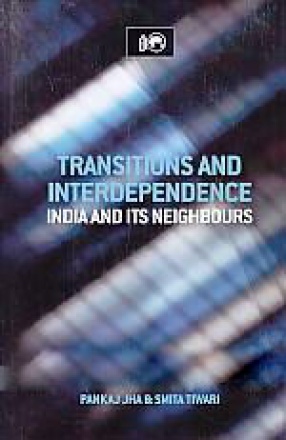
There are no reviews yet.